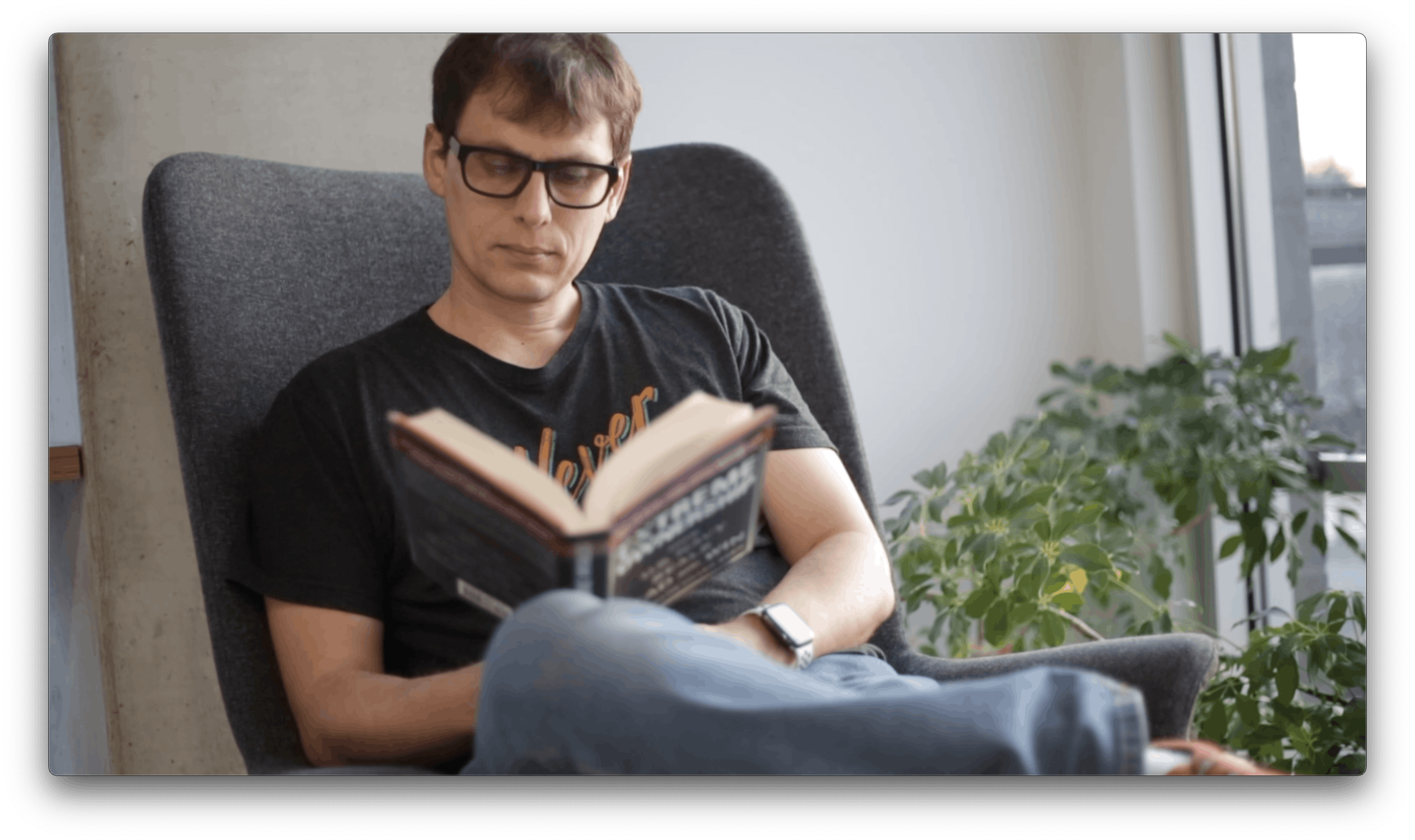Your cart is currently empty!
📖 How to Get More Out of the Books That You Read

I read a lot of books. Usually between 40-50 every year.
But reading got a lot more fun once I learned to approach it the right way.
You see, I used to approach reading non-fiction books like going to class. The author was the teacher, they had all the answers, and it was my duty to absorb as much as I could from the guru in the precious time we had together.
And if I didn’t get the radical life transformation that they were promising me at the beginning, well, obviously it was my fault.
Read even a couple of books that way and I guarantee you’ll feel like a colossal failure and learn to hate reading.
Then I read How to Read a Book by Mortimer Adler for Bookworm, and my perspective completely changed.
|
|
Mortimer Adler was the editor for the Encyclopedia Brittanica back in the day, so he knows a thing or two about reading books. And he equates reading a book to playing catch. The author sends a message, and as the reader, we do our best to receive it.
But then we decide for ourselves what it means and what (if anything) we’re going to do about it.
In other words, while reading a book has the potential to change your life, you shouldn’t feel like it has to.
Just because you know a bunch of people who swear that GTD has changed their lives doesn’t mean you’re broken if it doesn’t have the same impact on you.
You have to decide for yourself what to do with what you read. And Mortimer Adler gives us 4 levels of reading to help us try to make sense of things:
- Level 1: Elementary Reading – this is where you ask “what does this sentence say?”
- Level 2: Inspectional Reading – this is where you figure out “what is this book about?”
- Level 3: Analytical Reading – this is where you ask a bunch of clarifying questions about what the author is saying.
- Level 4: Syntopical Reading – this is where compare the book in relation to other books that you’ve read.
As you’re working your way through the book, you’re trying to figure out:
- What is this book about as a whole?
- What is being said in detail and how?
- Is this book true, in whole or in part?
- What of it? (or “What does this mean to ME?”)
Mortimer Adler has a very specific format he uses for “working” a book, but I’ve modified it a bit for the digital age. Here’s a breakdown of my book note-taking process:
- I take notes using mind maps because I think it helps me grok the structure of the book. I take these notes in MindNode on my iPhone.
- As I take notes, I capture only what resonates. I add important visuals using the camera on my iPhone, and have built a custom emoji-based tagging system.
- When I’m done, I export the mind map as a PDF and as Markdown (image + text) and move both into Obsidian
If you want to see the whole process in action or learn more about the philosophy behind my approach to taking book notes, that’s the topic of my latest YouTube video which you can watch here:
Also, I always read physical books. I believe the look and feel of the physical book contain important clues to the author’s intended message, and I find it much easier to focus on reading instead of scrolling when I hold a physical book in my hands.
— Mike
P.S. I occasionally send out my mind map book notes via the newsletter. If you’d like to receive them when I do, click here to update your preferences.
P.P.S. Next week, I’ll be hosting a free webinar to help you get more value out of your notes and ideas in Obsidian. It’s called Your PKM Stack: How to Use Obsidian to Create Consistently & Effortlessly, and it’s designed to help you unlock your creative potential and build a PKM system you can actually trust to help you think better and more creatively. For more details and to save your spot, click here.